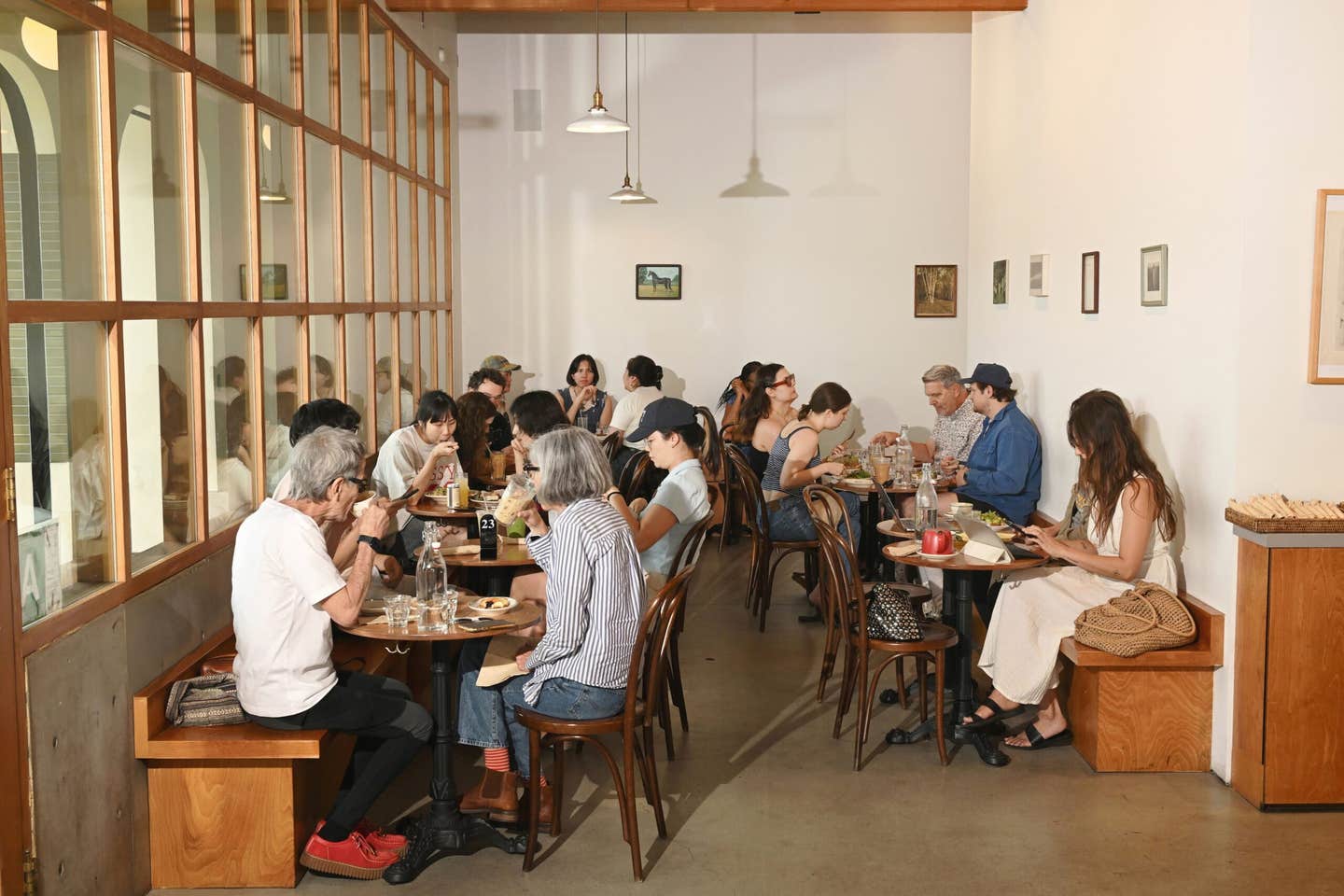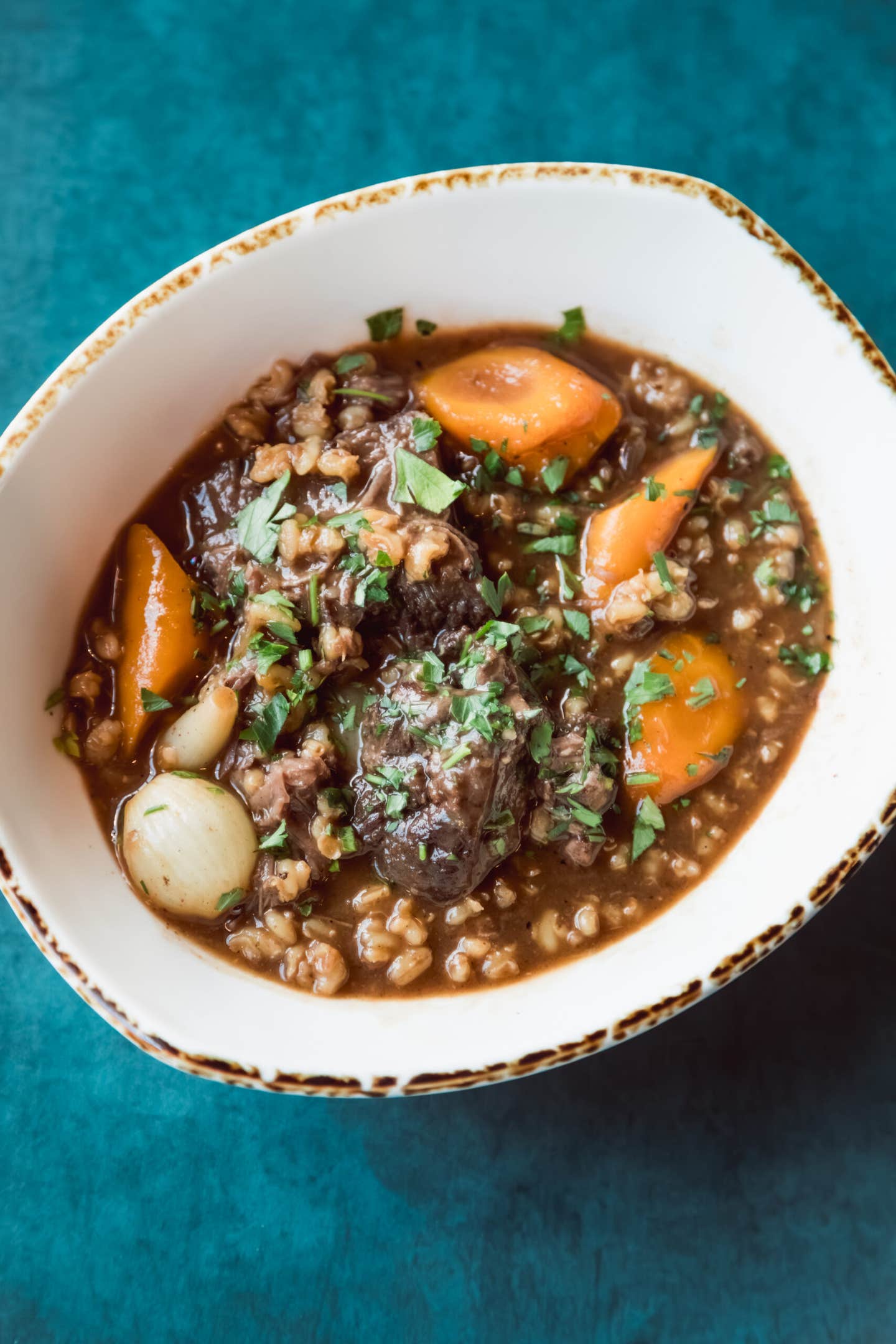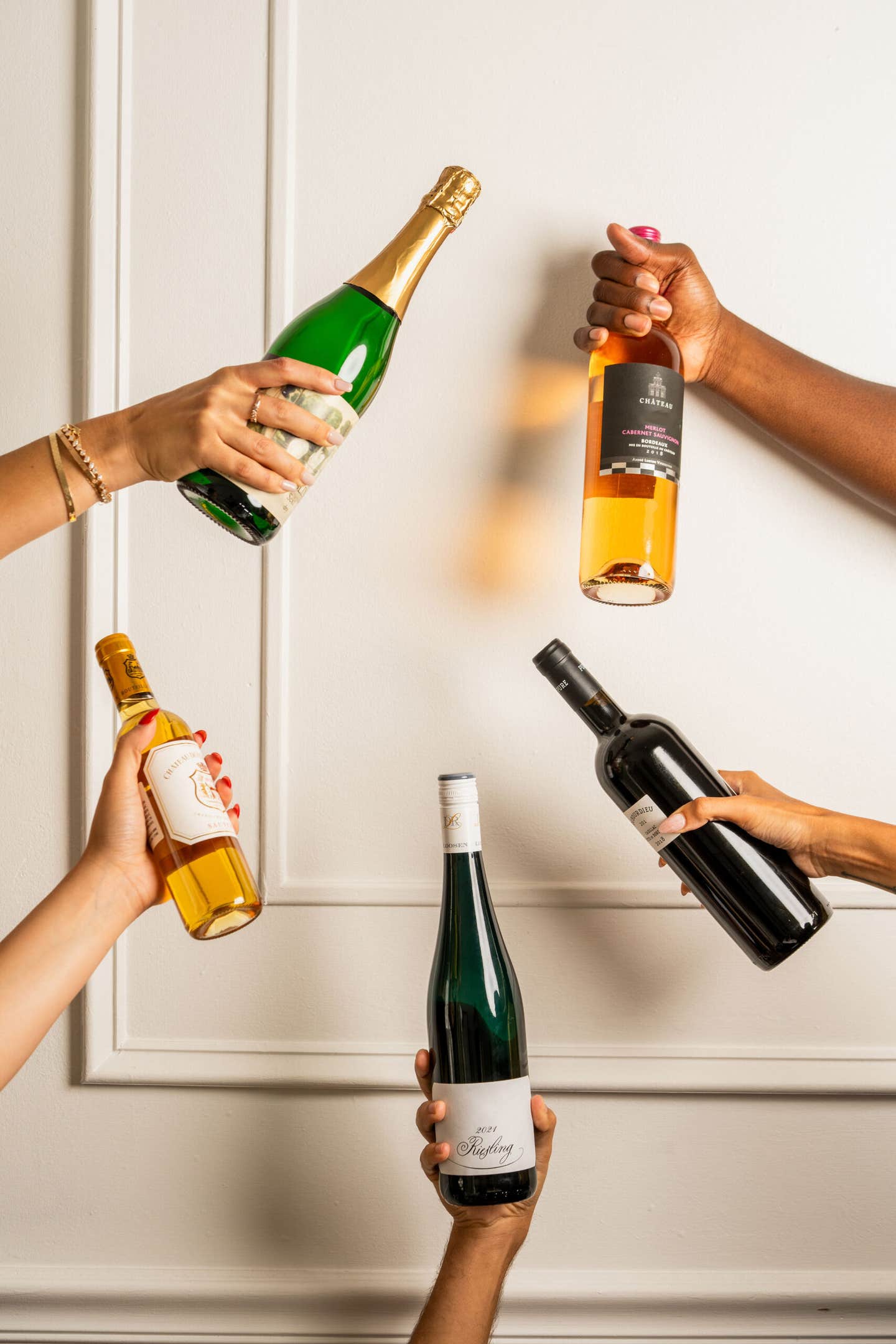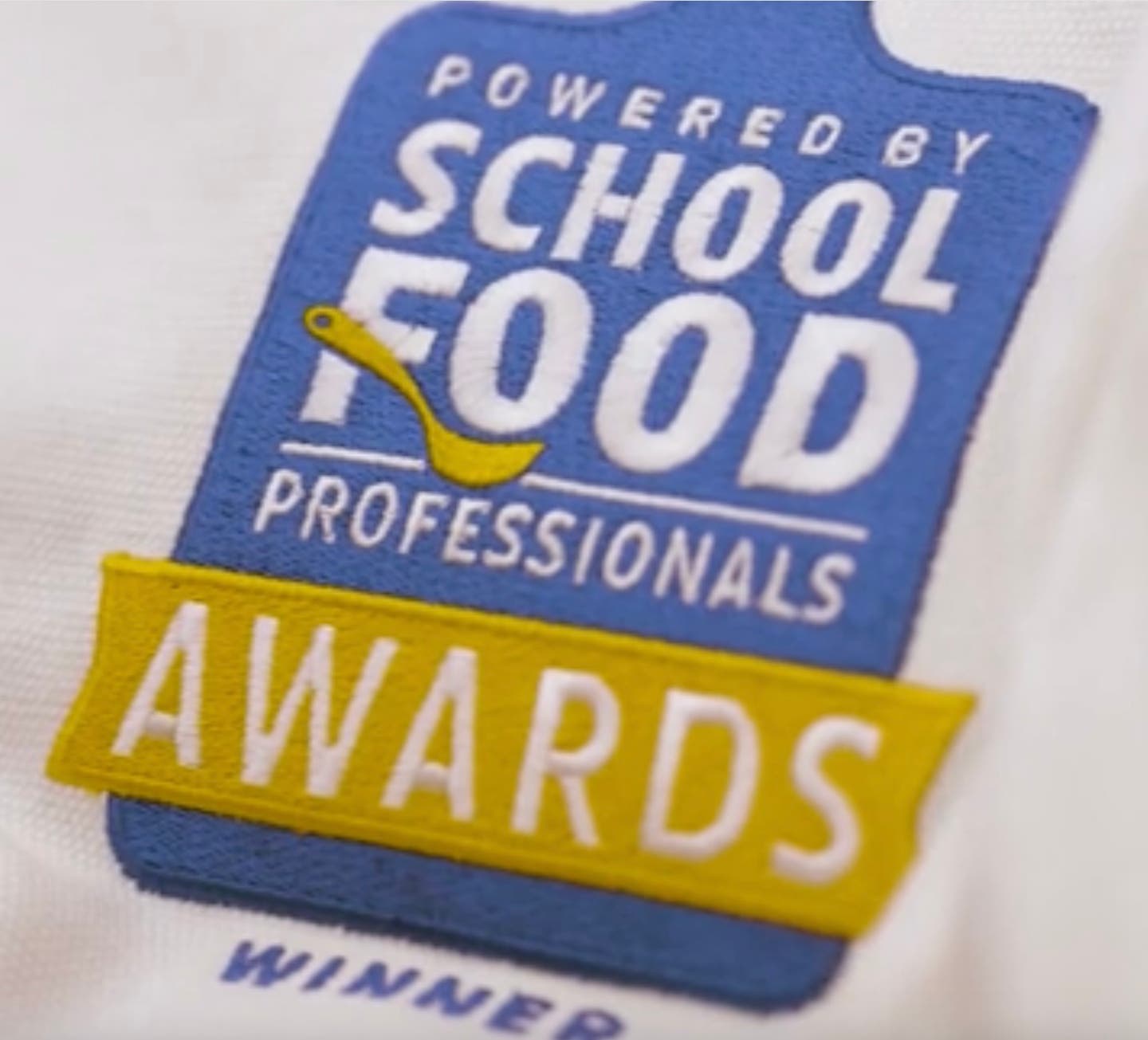Mid-Century Fantasia
Barkev Msrlyan’s archival project, Merch Motel, documents mid-century diners, motels, and roadside architecture across the country with LA, his hometown, as the focus.
Not so fast. Right after the closure of the iconic Cole’s French Dip, a surge of visitors propelled the restaurants to stay open for just a bit longer. With every new closure, the backlash seems to be more and more vocal. After Papa Cristo’s closed, the frequent murmurs of the news on the street made the city feel small all of a sudden. There’s something both heartbreaking and wholesome about the communal grief we experience together when we lose places like The Original Pantry Cafe. We have a common vocabulary for these long-standing institutions. They run deep, beyond our inner circles, and that alone gives them intrinsic worth in a city that can feel so large and segmented.
I first learned about Barkev Msrlyan’s work at the LA Breakfast Club, another historic gem that has served as a gathering spot and speaker series on Wednesday mornings for over 100 years. He spoke about his archival project, Merch Motel, which documents mid-century diners, motels, and roadside architecture across the country with LA, his hometown, as the focus. Beyond photographing, leading tours, and creating extensive maps of the city’s historical and architectural landmarks, he’s used his background in toy design to create merch that helps fund their preservation. Barkev has taken it upon himself to show Angelenos where they came from before it’s too late.
“I’ll never stop talking about neon signs,” he says. After a long conversation over hojicha lattes at the historical Burlington Arcade in Pasadena, I can confirm. “It’s the Googie style, born from car culture, that really defines it. Buildings with funky shapes, neon signage, zig-zag roofs. There was a sort of competition on the streets—who could get your attention first? Who had the biggest, brightest sign that made you want to pull over?” Barkev loves the sense of discovery and connection. “When you visit these spots, you’re part of a shared cultural language. Like when people meet at a diner on Route 66, they know why they’re there. It’s an unspoken bond.”
Many of these institutions are the antithesis to the current food culture zeitgeist: new, convenient, plant-forward, gluten free, chef-driven, exclusive, yada yada yada. And that may be the exact reason they’re resonating in a new way. Consider it a revolt. I’m seeing places like Dan Tanas, The Prince, and Los Candiles all over birthday invites lately. Forget Soho House, many east side 30-somethings are becoming members at the Garibaldina Society first, the oldest Italian club in the US, now an intergenerational community space fit with a bocce ball court and Thursday night “Spaghetti Socials.”
Beyond their scarcity, Barkev’s theory for their recent resurgence is rooted in the desire for more welcoming spaces to gather. Cafe bar seating accommodates solo diners, menus are simple and legible, and “booths make people want to talk,” Barkev offers. The concept of a jukebox alone encourages a shared atmosphere where anyone could play a part.
Many newer restaurants are following suit. The reimagined Capri Club spills out onto the sidewalk every weekend. Oy Bar serves scallop crudo out of an old dive bar while Stir Crazy pours an extensive list of natural wine out of a three-decade old coffee shop. Even Queen Street’s-stained glass and Dunsmoor’s dramatic candle drippings have that nostalgic something that hits. The cultural shift is ironically moving towards the novelty of normalcy; spaces that embody the essence of a more traditional third place like the English pub, the French bistro, and even the Community Pool.
But no matter how future spaces draw inspiration from the past, you just can’t replicate them. From Canter’s Deli’s vintage ‘50s marquee to Bun N Burger’s quirky neon chef sign in Alhambra, these places offer more than food; they're a portal to LA’s layered past. Afterall, “what’s the culture of our city if everything keeps turning into a gray box?”
Barkev’s Top 5 Recs:
Canter's Deli (Los Angeles)
"Canter's is one of the most architecturally significant delis in the city, inside and out. It’s family-owned, open late, and still has its original lighting fixtures, neon signage, and display cases. They’ve been around since 1931 but moved to their current spot in the ’50s, which used to be a theater. The whole place feels frozen in time—in the best way. It’s been serving authentic deli food since 1931 and has always welcomed a really broad mix of people. That kind of legacy is rare."
Bun ’n Burger (Alhambra)
"Bun ’n Burger is a total gem. It was built in 1941, a charming, quaint little space that feels like a time capsule. There’s this beautiful free-standing neon sign out front, the food is actually really great and affordable, and the service is warm and welcoming. It’s one of those underappreciated places that more people need to know about."
Grand Central Market (Downtown LA)
“This one’s a total cultural landmark. You’ve got food from everywhere—Chinese, Mexican, Mediterranean. Neon signs old and new. It’s hectic but in the best way: you grab your plate, find a table, talk to strangers. It’s right by Angels Flight and all these historic downtown buildings, so you really get the vibe of LA. A lot of vendors are still family-owned too. Every time friends visit from out of town, I bring them here. It never fails.”
Connal’s (Pasadena)
“This one’s personal. I grew up going to Connal’s. It’s a 1950s food stand, no drive-thru, you just walk up and order at the window. There's this incredible Coca-Cola starburst sign with an arrow pointing toward the building. At some point in the ’90s they updated the dining room with a kitschy 1950s look, which I love. When I lived nearby, I’d Walk there all the time, and I’d always end up talking to someone, neighbors, visitors, whoever. That’s part of the magic. The signage still sparks conversation.”
Bob’s Big Boy (Burbank)
"Bob’s Big Boy is a classic—super important architecturally, especially in the context of LA’s car culture. They do Friday night car meetups, and the whole parking lot turns into this community hangout. Inside, it really feels like an old-school diner. You’ll see people chatting at the booths, meeting others while they wait. It’s one of the few places that still fosters that kind of spontaneous connection. And it’s open late, which is a huge bonus."
5 Places Barkev Will Miss the Most:
Rod’s Grill (Arcadia)
"Rod’s Grill was incredible. It was essentially untouched—a perfect example of a mid-century coffee shop and totally preserved. The hours were limited, but the place was beautiful inside. I went during its final days, and it was heartbreaking. They gutted the building, painted over everything, and even removed the original signage. Most of the interior was trashed. It was a total loss."
The Original Pantry Cafe (Downtown LA)
"The Pantry is one of those iconic, beloved places that people don’t want to lose. There’s always a line out the door, and for good reason. It’s this classic, all-hours diner that’s been part of the city forever.”
Dinah’s Comfort Kitchen (near Culver City)
"Dinah’s was another amazing mid-century coffee shop. It had this flying saucer-like design—super cool and completely unique. The inside was beautiful. It’s supposed to become apartments, and they said they’d preserve the coffee shop portion, but I’m not sure what’s happening. It’s a huge loss either way."
Papa Cristo’s (Pico-Union)
"Papa Cristo’s was such a beloved Greek restaurant and market. It was family-owned, filled with history, and a staple of the community. When places like that go away, you’re not just losing a restaurant—you’re losing a cultural landmark."
Snow White Cafe (Hollywood)
“Snow White Cafe opened in 1946; it had an original mural inside that was said to be painted by Disney Animators.”





